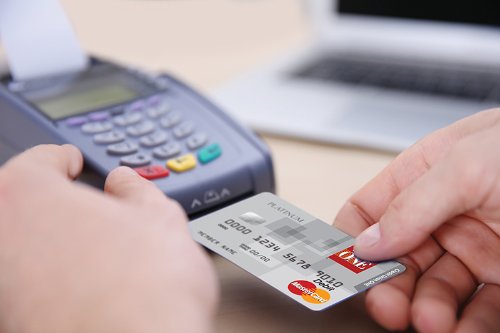When you finally load all of your groceries into your car, do you dread thinking about how much money you just spent? Or do you do a little happy dance in your mind about the money you saved? If your grocery shopping trips regularly cause you to burst your budget or desperately find ways to not spend more money throughout the week, it could be time to change your grocery shopping habits in pursuit of a “shop to save” strategy.
Changing even a few of your habits could reduce how much you spend on food, household, and personal products to give you more breathing room in your budget.
Bad habits to break
First, you’ll need to identify the habits that are costing you money, probably without you even realizing it.
- Shopping when you’re tired, hungry, or in a rush. All three of these scenarios will prevent you from making money-saving decisions, like comparing product pricing, hunting for bargains, finding less expensive substitutes, and shopping for more ingredients to make your own healthier, cheaper recipes.
- Throwing away mailed or cash register–printed coupons.
- Shopping without a meal plan for the week. This forces you to buy pre-packaged, single-serve meals that are way more expensive than their homemade counterparts.
- Not knowing what you already have in your pantry, fridge, and freezer. This relates to the bad habit above: if you don’t have a plan for your meals, you’re more likely to make multiple shopping trips throughout the week and accidently double-up on food items or let others expire and go to waste.
Better habits to practice
- Second, you should replace expensive habits with money-saving ones.
- Grab a smaller cart. If you have the option, grab a half-sized cart and see how the psychology of watching it fill up faster prevents over-spending on impulse buys.
- Take advantage of BOGO deals. Even if you don’t need the extra item now, freeze it or store it in the pantry for future use.
- Use coupons! Keep the ones you receive from your local grocery store, hunt for them in the mail, sign up for store loyalty perks, and download price-comparison apps to make sure you get the best deal on every item in your cart.
- Look at price per ounce. To get the best deal, look at the listed price per ounce for an item. It’s usually on the sticker on the shelf below the item. This will show you if getting a larger or smaller size across brands is a better deal.
- Be willing to try new, less expensive brands. If you see a less expensive new brand of peanut butter on the shelf, give it a try. You may discover that much of your brand loyalty has nothing to do with product quality and you could be saving tons of money each year by switching brands.
- Be aware of and avoid display and marketing ploys. Brands and stores will try to lure your attention away from prices with eye-catching package design and eye-level placement on shelves. Take a minute and look at all of your options before adding anything to your cart.
- Look at your social calendar before shopping. This will help with successful meal planning. Find the days you plan to have lunch or dinner out and then only plan meals for the other days. And make it a point to eat your leftovers and avoid food (and money!) waste.
“Shop to save” method
Ready to take your shopping strategy to the next level? Here’s what you can do to save even more money.
- Focus on price first. If a product isn’t on discount or you don’t have a coupon for it, don’t buy it; see if you can get by with what you have already. When your regularly used products hit a rock-bottom price and will get used before expiring, purchase the item in bulk. This stretches your savings over months and prevents you from shopping for non-perishables (or canned/boxed items) out of need, which is when you’re more likely to pay the higher price.
- Search corners and bottoms of store shelves. Usually the most heavily discounted items are in out-of-the-way spots.
- Get on the 12-week cycle. Usually, food prices are at their lowest on a 12-week cycle. If you can figure out when items you regularly use are cheapest, you can plan meals and shopping around those dates.
Using your Credit Union ONE Achieve Rewards credit card can earn you points on every purchase! Not already earning points towards cash, gift cards, travel discounts and more? Stop into a branch to apply for a Mastercard Achieve Rewards credit card today.
Learn More

